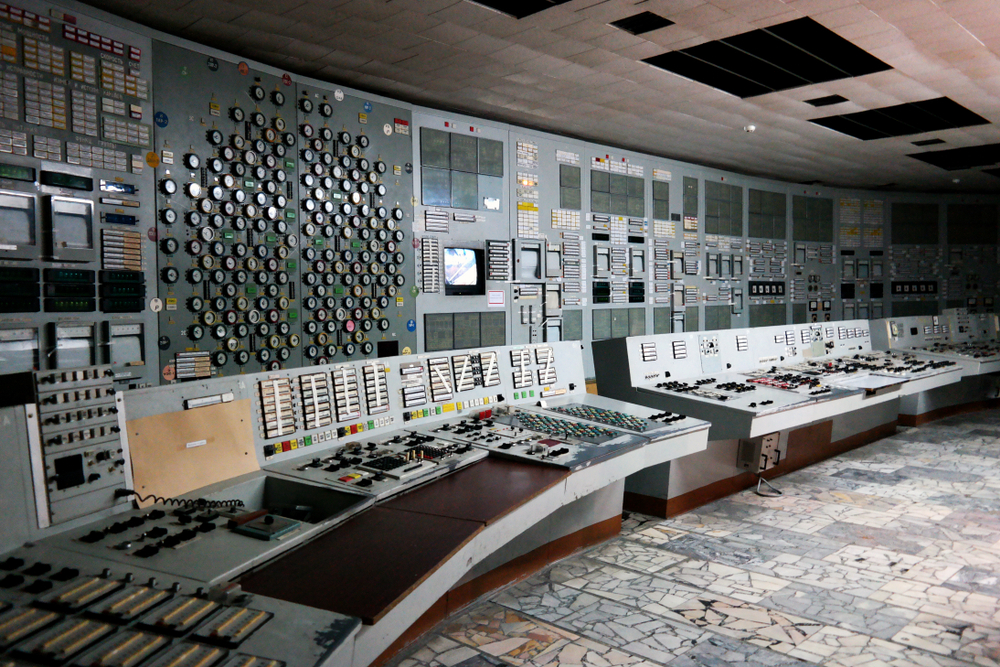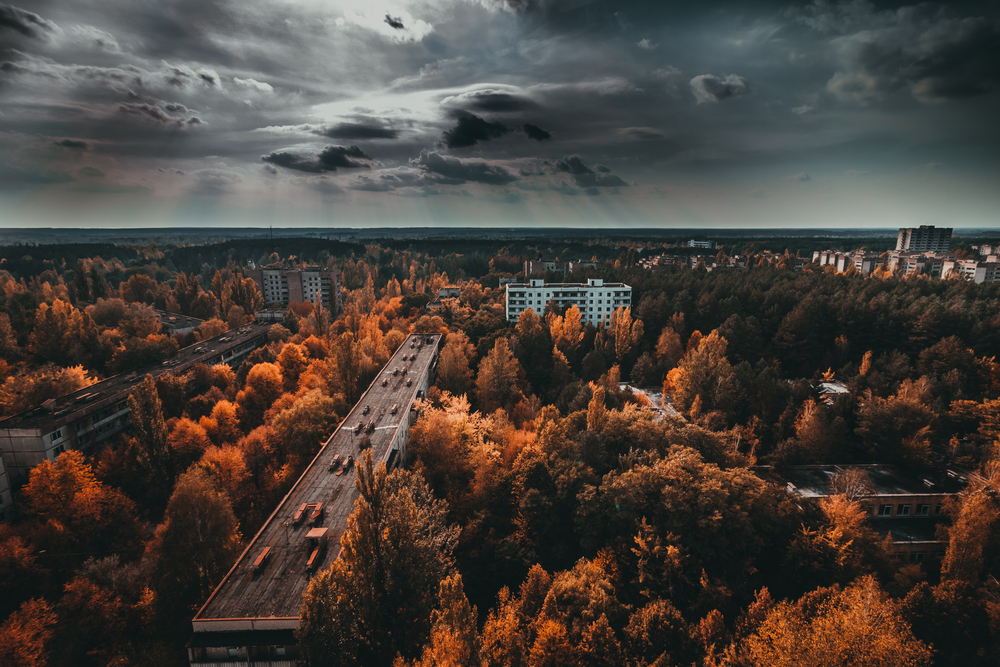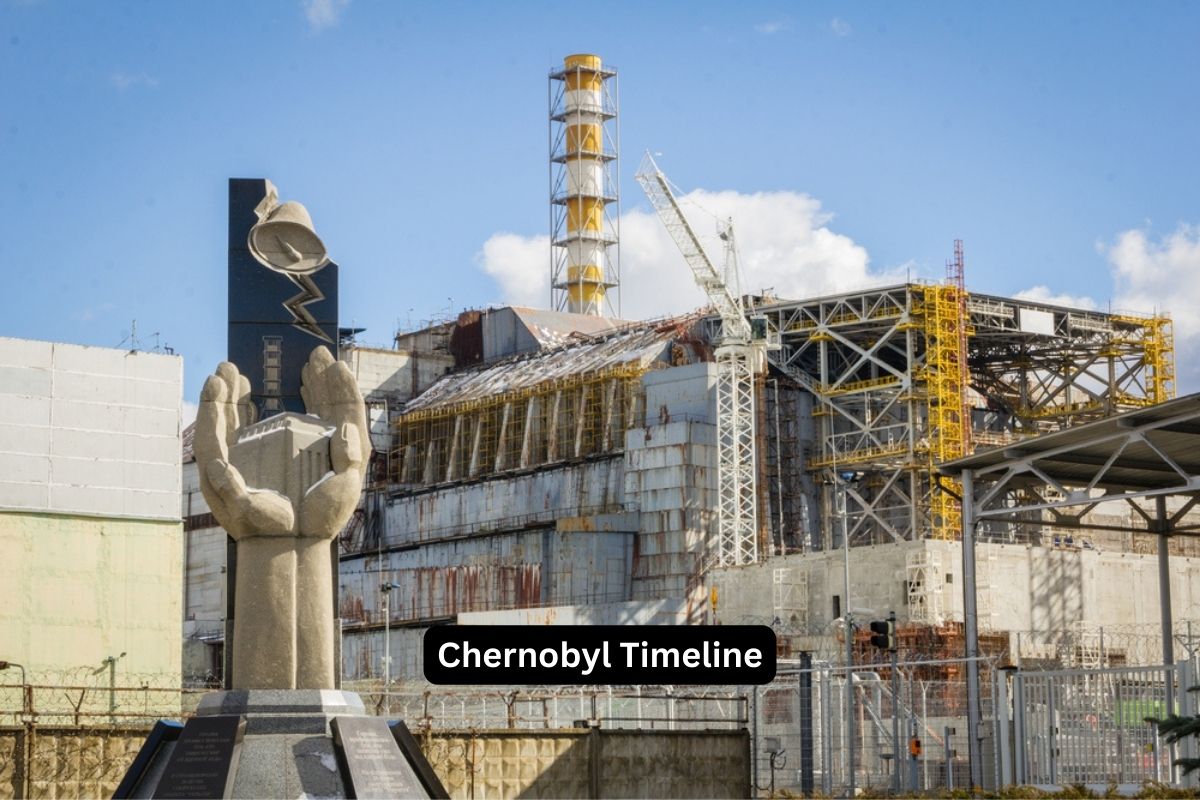The Chernobyl disaster of April 26, 1986, stands as one of the most catastrophic nuclear accidents in history, with far-reaching consequences that continue to be felt to this day.
In this article, we delve into the timeline of events surrounding the disaster, examining the series of errors and design flaws that led to the explosion at Reactor 4 of the Chernobyl Nuclear Power Plant.
From the initial safety test gone awry to the subsequent efforts to contain the release of radioactive material, we explore the immediate aftermath of the disaster and the ongoing challenges in managing the site and mitigating its long-term impacts.
Additionally, we discuss the lessons learned from Chernobyl and the enduring legacy of this tragic event on nuclear safety, environmental stewardship, and public health worldwide.
| Date | Event |
|---|---|
| April 25, 1986 | Chernobyl Nuclear Power Plant prepares for a safety test. |
| April 26, 1986 | 1:23 AM: Safety test begins. 1:23 AM – 1:26 AM: Power surge and explosion in Reactor 4. Control rods inserted but fail to prevent a further surge. Graphite fire breaks out, releasing radioactive material. |
| April 27, 1986 | Morning: Fire brigade arrives to extinguish the fire at the reactor. Pripyat city evacuated. |
| April 28, 1986 | Efforts begin to contain radiation; sand, clay, and lead dropped on reactor. |
| April 29, 1986 | Soviet government acknowledges accident after radiation detected in Sweden. |
| May 1986 | Efforts continue to contain reactor and mitigate spread of radiation. |
| 1986-1987 | Liquidators work to stabilize reactor and clean up contaminated areas. |
| 1987-2019 | Ongoing efforts to manage Chernobyl site, including construction of New Safe Confinement. |
| Present day | Chernobyl Exclusion Zone remains uninhabited; limited tourism permitted. Ongoing monitoring and mitigation of environmental and health effects. |
Timeline of the Chernobyl Disaster
April 26, 1986
1:23 AM: The safety test at the Chernobyl Nuclear Power Plant begins as planned. This test is intended to simulate a power outage and assess the reactor’s ability to maintain cooling systems during such an event.
Also Read: Facts About the Chernobyl Disaster
1:23 AM – 1:26 AM: During the safety test, a sudden and unexpected power surge occurs in Reactor 4 of the Chernobyl plant. This surge leads to an explosion, resulting in the rupture of the reactor vessel and the ejection of its graphite moderator.

Control rods, which are meant to moderate the reactor’s power output, are quickly inserted into the reactor core in an attempt to stop the power surge. However, due to design flaws and operator errors, the control rods exacerbate the situation by causing a more significant power surge.
As a result of the explosion and subsequent power surge, a graphite fire breaks out within the reactor. This fire releases a large amount of radioactive material into the atmosphere, resulting in widespread contamination of the surrounding area.
April 27, 1986:
Morning: Following the explosion and fire at Reactor 4, a fire brigade arrives at the Chernobyl Nuclear Power Plant to extinguish the fires and prevent further spread of radiation. However, the firefighters are not fully aware of the extent of the radiation hazard they are facing.
Also Read: Communism Facts
Pripyat city, located near the Chernobyl plant and home to many plant workers and their families, is evacuated. This evacuation process lasts for approximately two days, as authorities work to move residents to safer locations away from the radiation.
April 28, 1986:
Efforts continue to contain the radiation release from the Chernobyl plant. Emergency measures include dropping sand, clay, lead, and other materials onto the exposed reactor core from helicopters and aircraft. These materials are intended to smother the fire and contain the spread of radioactive particles into the atmosphere.

April 29, 1986:
The Soviet government acknowledges the Chernobyl disaster to the international community after radiation levels are detected in neighboring countries, particularly in Sweden.
This admission marks the beginning of broader awareness and international response to the extent of the nuclear accident.
May 1986:
Efforts to contain and mitigate the aftermath of the Chernobyl disaster continue. Emergency workers, known as liquidators, are deployed to the site to undertake hazardous cleanup and containment tasks.
These tasks include extinguishing fires, decontaminating affected areas, and constructing makeshift structures to shield workers from radiation.
1986-1987:
Throughout 1986 and into 1987, ongoing efforts are focused on stabilizing the damaged reactor and containing the spread of radioactive contamination.
These efforts include the implementation of various containment measures, such as the construction of temporary structures to cover the damaged reactor and prevent further release of radioactive material.
Liquidators, comprising a diverse group of workers including firefighters, military personnel, and volunteers, are tasked with hazardous cleanup and containment operations within the Chernobyl Exclusion Zone.
Despite facing significant risks to their health and safety, these individuals play a crucial role in mitigating the consequences of the disaster.

1987-2019:
Over the ensuing years, extensive measures are undertaken to manage the Chernobyl site and minimize the long-term impacts of the disaster.
This includes the construction of the New Safe Confinement (NSC) structure, a massive arch-shaped enclosure designed to cover the damaged reactor and provide additional containment.
The NSC, completed in 2016, is considered one of the largest movable structures ever built and represents a significant milestone in the ongoing efforts to secure the Chernobyl site.
Additionally, ongoing monitoring and research efforts are conducted to assess the environmental, health, and socio-economic impacts of the Chernobyl disaster.
This includes studies on the health effects of radiation exposure on affected populations, as well as ecological research to understand the long-term effects of radiation on wildlife and ecosystems in the Exclusion Zone.
Present day:
The Chernobyl Exclusion Zone remains largely uninhabited, with restricted access to the area due to ongoing radiation hazards. However, limited tourism is permitted under controlled conditions, allowing visitors to explore designated areas of the Exclusion Zone accompanied by licensed guides.
Efforts continue to monitor and manage the Chernobyl site, including the maintenance and upkeep of containment structures such as the NSC. These efforts are essential to prevent any potential breaches or releases of radioactive material that could pose risks to public health and safety.
Research and scientific studies into the long-term effects of the Chernobyl disaster persist, as experts seek to better understand the complex interactions between radiation exposure, human health, and the environment. This ongoing research contributes valuable insights into nuclear safety, emergency preparedness, and disaster response strategies on a global scale.
